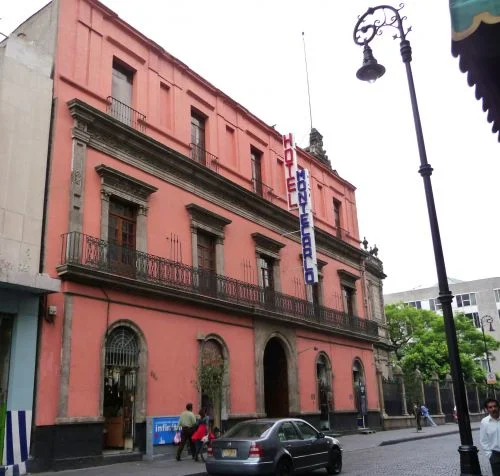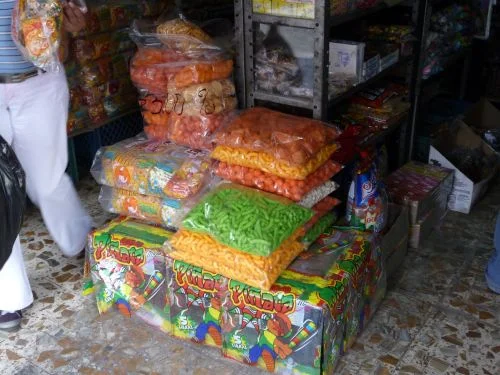The sugar skulls and skeleton figurines are all over the markets. Even modest holes-in-the-wall that sell street food are decorated with Day of the Dead paraphernalia. If you want to see the real thing on November 1, go to the graveyard next to the La Cuevita church, a few doors down from the Iztapalapa metro station. It's as if you are in a small town: families gather at each gravesite, remembering their dead as they picnic and drink among incense and candles, extravagant bouquets of marigolds and festoons of brightly colored balloons. Mariachis hire themselves out to play the favored songs of the deceased. If you are interested in going beyond the folklore and finding out about the history of death in Mexico, read Death and the Idea of Mexico (Zone Books, 2005), written by Columbia University professor Claudio Lomnitz.
Uncategorized
Documentary about the indocumented
If you have ever been curious about the families of those rural Mexicans who go to work illegally in the U.S., and what sacrifices they make to send money back their families -- and what life is like for those family members, principally old and young, who stay behind -- an outstanding film on this very theme opens this Friday in Mexico City. Winner of the Target Documentary prize at the Los Angeles Film Festival, Los que se quedan (Those Who Stay) tries to avoid politicizing or stereotyping the situation, instead opting to let the villagers tell the stories of their lives. It is the best documentary I have seen in a long time and I hope it gets distribution in the U.S. It should be required viewing for any politician or pundit on either side of the border who participates in the immigration debate.
Red, red meat
Mexico City may not be the first place you think of when you hanker for steak tartare. But the best I have ever had is at a cantina called El Portal, at Calle Chiapas #174, almost at the corner of Medellín, in the Colonia Roma. It is a version laden with condiments, among them garlic, anchovies, mustard, lemon and capers. And you must ask for it to be prepared by Rubén, the captain of the waiters, pictured above, at work.
Here is the finished version. El Portal has a full bar, and a couple of decent Spanish red wines to accompany the red meat. There is also a very good free-of-charge botana to go with your drinks (although the tartare, at 100 pesos, strikes me as a bargain).
El Portal is generally a tranquil cantina. The other day, however, one of its patrons thought it would be amusing to show us his impersonation of a "look-Ma-no-hands," no-fisted drinker.
It was good enough for D.H. Lawrence
Readers of Mornings in Mexico may recall that this is where D.H. Lawrence slept when he passed through Mexico City in 1923. The Hotel Monte Carlo, on Calle Uruguay in the centro histórico, still seems to be good enough for French backpackers and the sort of couples excited by the smell of mildew during their trysts. However, no matter what your scene, the hotel, whose rooms cost about $15 U.S. at the current exchange rate, has seen better days.






